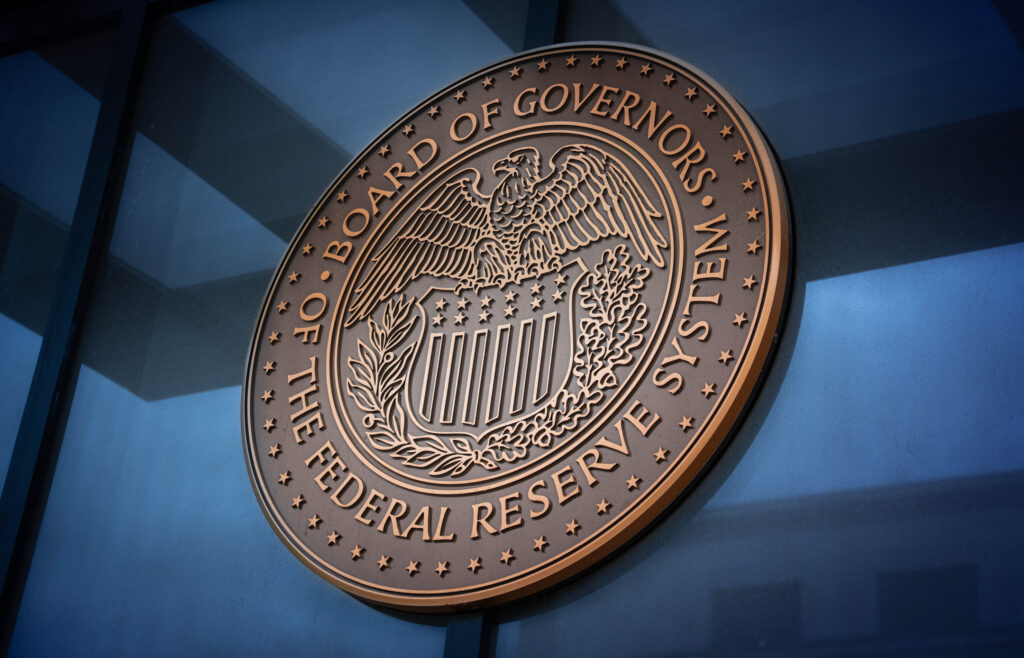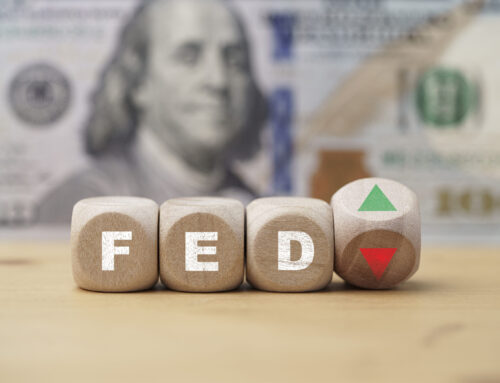
The past quarter century has held times of economic prosperity and crisis in this country. Because your retirement hinges on your financial options and decisions, the economic health of certain parts of the financial world can dictate if and how you struggle, survive, or thrive in retirement. As such, it’s arguable that no other institution has as much of a direct effect on the financial world—and thus your financial situation—than the Federal Reserve. So, keep reading for a brief history and analysis of Federal Reserve policy to give you some context as to how the financial world got here and where it may be going.
Ben Bernanke: Navigating the Financial Crisis
Tenure: 2006-2014
Monetary Policy: Ben Bernanke’s tenure was defined by the 2008 financial crisis. His approach to addressing this crisis was innovative and aggressive, involving unconventional monetary policies to stabilize the economy. Bernanke implemented measures such as lowering interest rates to near zero and introducing quantitative easing (QE), which was when the Fed bought troubled assets from institutions outright to avoid total collapse. This was meant to inject liquidity into the financial system, preventing a complete economic collapse and stabilizing financial markets.
Reception: Initially, Bernanke faced criticism for not foreseeing the crisis. However, his decisive actions during the crisis were largely praised by economists and policymakers. The markets responded positively to his unconventional measures, which were seen as necessary to prevent a deeper recession. However, many Americans still ended up paying the brunt of the recession while wealthy people and surviving institutions were saved and even thrived. While this avoided total catastrophe, saving billion- and trillion-dollar institutions and not them seemed unfair to the American people. The phenomenon that institutions are more important to save than the American people gave rise to the criticism of a system where some institutions are “too big to fail.”
Janet Yellen: A Focus on Employment and Stability
Tenure: 2014-2018
Monetary Policy: Janet Yellen continued the policies initiated by Bernanke but with a greater emphasis on employment. Her dovish stance prioritized maintaining low interest rates to support job growth and economic recovery instead of focusing mainly on the health of financial institutions and corporations. Yellen’s approach was data-driven, focusing on gradual interest rate hikes only when the broader economy showed sustained strength. Regardless, she kept interest rates at near-zero levels meant for post-crisis times.
Reception: Yellen was well-received by both markets and governments for her transparent communication and steady hand. Her tenure coincided with a relatively stable economic period, which contributed to her positive reception. Her focus on employment was particularly appreciated in the post-crisis recovery phase. However, many credit her with keeping interest rates too low for too long, meaning the economy would get reliant on low interest rates, making rate hikes relatively more disruptive. Yellen herself stated that she was wrong on the “path that inflation would take.”
Jerome Powell: Adapting to Unprecedented Challenges
Tenure: 2018-present
Monetary Policy: Jerome Powell’s tenure has been marked by significant challenges, including trade tensions and the COVID-19 pandemic. Initially, he continued the gradual rate hikes but quickly shifted to aggressive hikes in response to inflation. Powell brought rates to roughly 5% but may lower them in the near future to support the economy during the crisis.
Reception: Powell faced some criticism for his initial rate hikes, but his decisive actions during the pandemic were largely praised. His communication style, less academic than his predecessors, has been effective in conveying the Fed’s intentions to both markets and policymakers. However, debates over inflation management, such as aggressive rate hikes, and the long-term impacts of having inherited sustained low interest rates have emerged. However, his tenure has also sparked discussions on the sustainability of prolonged low interest rates that came before him and their impact on hindering the efficacy of rate hikes when needed.
This summary of monetary policy in recent history is meant to provide context as to how Federal Reserve policy is shaped—what problems it aims to address—and how it is digested by the economy and markets. But more importantly, this summary is aimed at providing context as to how these policies affect you as a retiree or pre-retiree. If you have questions on what all this may mean for you and your future in retirement, give us a call and we can help you construct a roadmap for whatever economic environment may emerge.
https://www.investopedia.com/celebrating-the-federal-reserve-8402434
https://www.investopedia.com/terms/b/benbernanke.asp
https://www.investopedia.com/articles/investing/101613/janet-yellen-background-and-philosophy.asp
https://www.investopedia.com/jerome-powell-5210572
https://www.cnn.com/2022/05/31/politics/treasury-secretary-janet-yellen-inflation-cnntv/index.html
https://www.investopedia.com/terms/t/too-big-to-fail.asp
This information is provided as general information and is not intended to be specific financial guidance. Before you make any decisions regarding your personal financial situation, you should consult a financial or tax professional to discuss your individual circumstances and objectives. The source(s) used to prepare this material is/are believed to be true, accurate and reliable, but is/are not guaranteed.
SWG 3848571-0924







